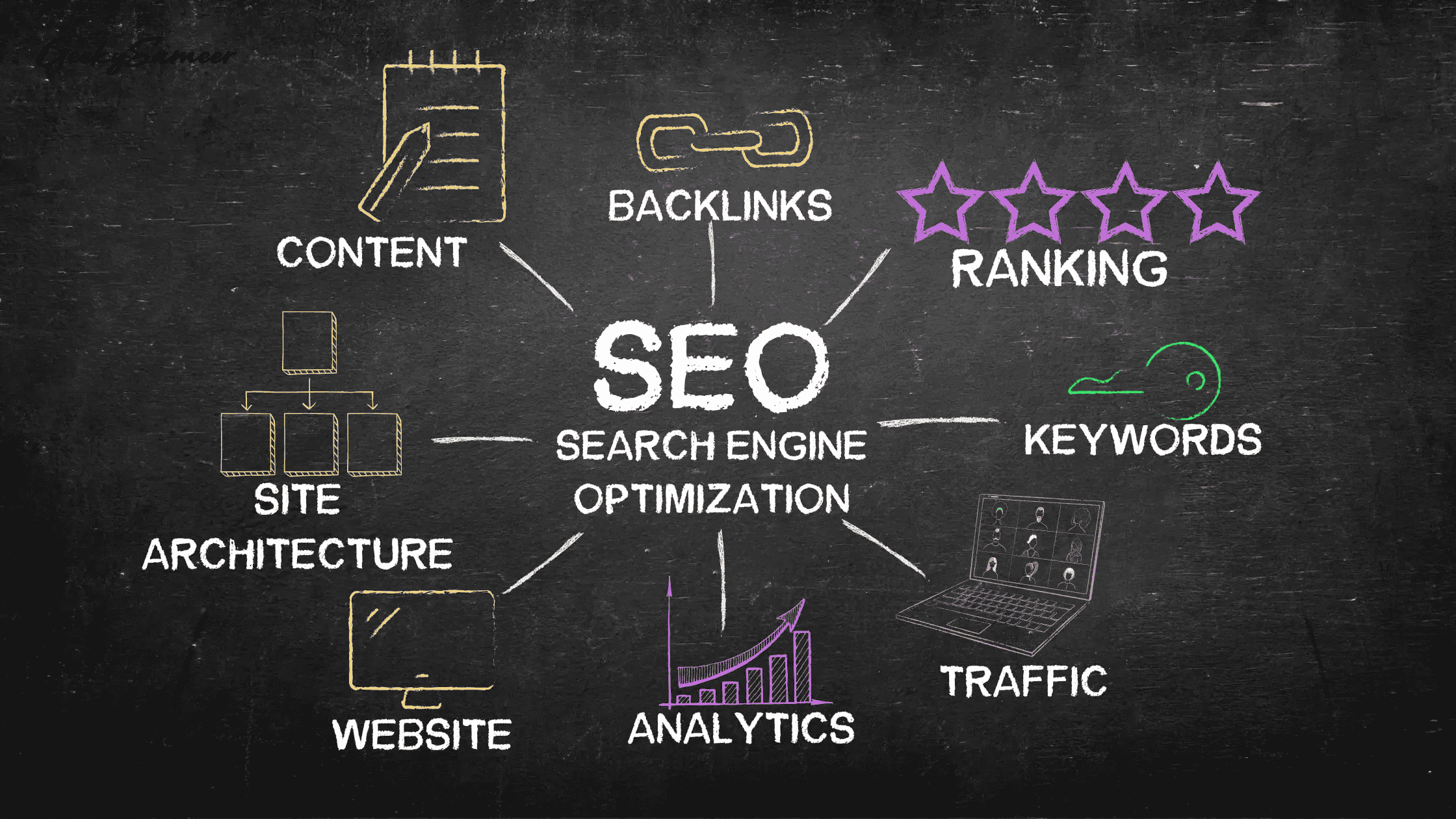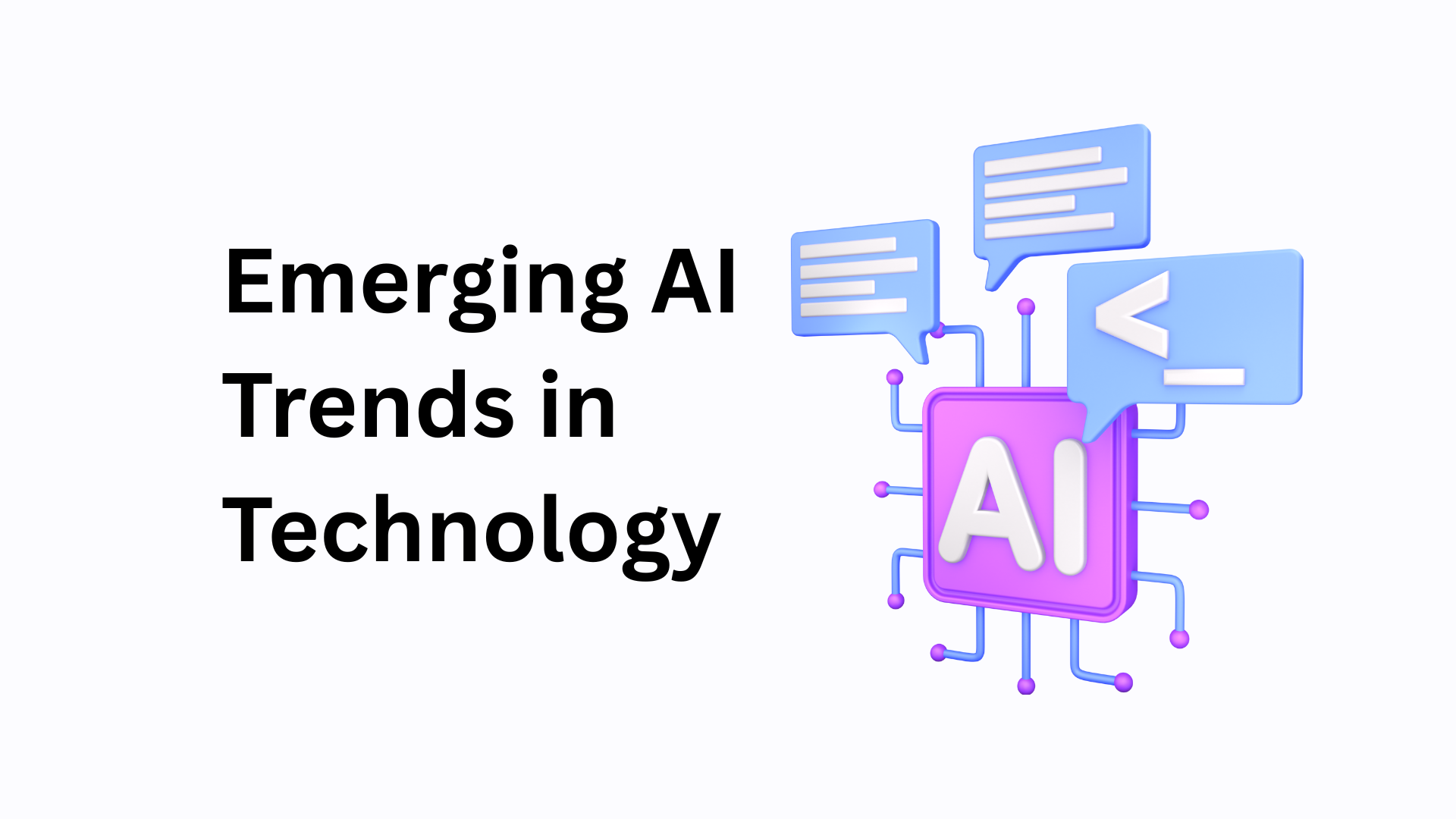Data-Driven Route Optimization for Effective B2B Marketplaces
Online marketplaces have now become essential for the smooth exchange of goods and services between suppliers and buyers in B2B. Data-driven route optimization can completely transform B2B logistics by utilizing the power of cutting-edge data analytics and machine learning.
However, the efficiency of B2B marketplaces is intrinsically linked to the effectiveness of their logistics operations.
To further explore the practicality of route optimization in everyday business logistics, especially when dealing with multiple stops, you might want to check out their blog. It provides a comprehensive guide on planning routes with multiple stops, an integral aspect of effective B2B marketplace logistics.
Furthermore, businesses leverage data-driven route optimization to identify optimal routes, navigate through multiple stops, and precisely manage cost-effective deliveries.
In this post, we will delve into the value of data-driven route optimization for B2B marketplaces and explore how it enhances effectiveness while cutting costs. So, let's proceed.
Understanding Data-Driven Route Optimization

Revolutionizing the way businesses strategize and execute B2B deliveries, data-driven route optimization stands as a cutting-edge approach in modern logistics. Data-driven optimization, in contrast to conventional route planning techniques, which rely on manual computations and preset routes, uses cutting-edge technologies like data analytics and machine learning to make informed decisions.
Data-driven route optimization mostly entails gathering and studying vast amounts of data pertinent to the delivery process. This contains previous delivery information, current traffic statistics, environmental factors, client preferences, and even vehicle capacity. By processing this data, businesses can determine the best routes that fit particular delivery criteria.
In this crucial process, machine learning and data analytics take center stage. By processing large datasets, spotting trends, and making reliable forecasts, they enable businesses to precisely navigate logistical challenges. This not only enhances operational efficiency but also fosters a proactive approach to addressing potential obstacles. Consequently, organizations can streamline operations and significantly enhance overall effectiveness.
Additionally, data-driven methods allow for real-time route modifications, rapid responses to unforeseen events, and dynamic delivery optimization. Overall, it offers significant advantages to propel success and growth for businesses of all sizes.
Challenges in B2B Logistics and Route Planning
There are several challenges associated with route planning for B2B logistics that may lead to increased delivery costs, longer transit times, and decreased customer satisfaction.
Here are some of the common challenges:
a. Multiple stops: Delivering goods to multiple locations in a single trip is a common task in B2B logistics. However, the difficulty lies in designing routes that can accommodate multiple stops while cutting down on travel time and distance.
b. Time windows: Numerous B2B deliveries face constraints within predefined time windows, requiring products to be delivered within specific allotted timeframes. The complexity of the logistics process increases when striving to align with these schedules while simultaneously optimizing delivery routes.
c. Capacity constraints: Another issue is the capacity of the delivery vehicle. Hence, careful planning is necessary to maximize the load while ensuring vehicles are used to their full potential within the constraints of weight and space.
d. Varying delivery priorities: Priorities for deliveries might vary from customer to customer, such as urgent deliveries or high-priority items. It can be difficult to strike a balance between these requirements and making effective routes.
As a result, it is required to solve these challenges, streamline B2B logistics, and increase efficiency.
Leveraging Big Data in B2B Route Optimization

The use of big data in B2B logistics is essential for data-driven route optimization. It involves collecting, integrating, and processing vast amounts of information. This vast amount of information for the B2B models is secured through Cyber Security. Additionally, implementing data governance tools ensures that the data is managed, monitored, and protected effectively throughout its lifecycle.
Moreover, to develop effective delivery routes, different types of data are gathered and analyzed.
a. Historical delivery data offers useful information about previous delivery routes, schedules, and client preferences. This data can be analyzed to find trends and improve upcoming routes. Using web scraping with proxy rotation will ensure reliable, up-to-date data collection and prevent access issues.
b. Choosing the quickest routes and avoiding traffic jams require access to real-time traffic data. By incorporating real-time traffic updates, routes can be changed as needed to guarantee on-time deliveries.
c. The weather may have a significant impact on delivery times. Routes are improved by taking weather information into account to prevent bad weather and associated delays.
d. By taking into account client preferences, such as flexible delivery locations and preferred delivery times, more tailored route planning may be done, increasing customer satisfaction.
Thus, organizations can increase efficiency, lower costs, and improve overall logistics performance in B2B marketplaces by utilizing big data for route optimization.
Benefits of Data-Driven Route Optimization in B2B Marketplaces
Businesses seeking to succeed in a cutthroat market might achieve notable improvements by implementing data-driven route optimization in the B2B marketplace. Some of the benefits are:
a. Data-driven optimization avoids unnecessary pauses and detours, thereby lowering idle time for delivery vehicles. Simultaneously, it simplifies the entire delivery process by assessing past delivery data, traffic patterns, and other pertinent information. As a result, deliveries become quicker and more effective, potentially increasing customer satisfaction and lowering operating expenses.
b. Fuel efficiency is a crucial consideration in it. Businesses can considerably lower their fuel costs and transportation expenses by choosing the most economical routes. This improves not only the bottom line but also makes logistics operations more environmentally friendly.
c. Data-driven route optimization brings the benefit of real-time data integration. The optimization algorithms promptly modify routes by continuously monitoring traffic conditions, weather updates, and other dynamic factors. This ensures on-time delivery and reduces the possibility of delays due to unforeseen events. Consequently, it makes the logistics process more agile and responsive to changing circumstances.
d. To enhance efficiency, data-driven route optimization balances the load and takes into account the capacity of the delivery vehicle. Businesses can make the most of their resources by maximizing delivery schedules and vehicle utilization, which lowers the need for extra trips and boosts overall productivity.
e. Businesses that use data-driven route optimization can offer more precise delivery times and exceed customer expectations. Meeting deadlines for deliveries on time builds customer loyalty, boosts customer satisfaction, and raises the possibility of repeat business and strong word-of-mouth recommendations.
f. In real-time, data-driven route optimization instantly reroutes vehicles and makes dynamic alterations, ensuring its agility and resilience in unforeseen situations such as accidents and road closures. This flexibility enables businesses to maintain efficient operations and limit disruptions. Consequently, they can swiftly adapt to unexpected challenges.
Now that we are aware of the benefits of data-driven route optimization, let us have a look at its upcoming trends.
Future Trends in Data-Driven Route Optimization

Several cutting-edge technologies and trends have the potential to further disrupt B2B logistics as data-driven route optimization continues to influence the industry.
a. Autonomous Vehicles: The introduction of autonomous vehicles has the potential to change the logistics environment. Real-time route optimization capabilities in self-driving trucks and delivery vehicles help to minimize human error and increase productivity.
b. Drones: In crowded metropolitan environments, drones can make last-mile deliveries. Deliveries can be made more quickly and affordably by using drones in route optimization, especially for smaller products.
c. AI-Powered Logistics Solutions: Artificial intelligence (AI) is a key component of data analysis, enabling more informed decisions. Massive volumes of data may be processed swiftly by AI systems, giving real-time route adjustments and predictive insights.
d. Predictive analytics: Advanced predictive analytics can forecast demand, identify possible bottlenecks, and proactively optimize routes, improving logistics planning as a whole.
e. Internet of Things (IoT): IoT devices can collect real-time data on environmental variables, package tracking, and vehicle conditions, allowing for data-driven route changes depending on live information.
Adopting these anticipated developments in data-driven route optimization would enable companies to foresee and handle problems, increase productivity, improve customer service, and maintain their leadership in B2B logistics.
Final Thoughts
Data-driven route optimization represents a paradigm shift for effective and affordable logistics in B2B marketplaces. To overcome challenges such as multi-stop deliveries, time constraints, and fluctuating priorities, businesses can leverage advanced data analytics, machine learning, and emerging technologies.
Those aiming to gain a competitive edge must adopt data-driven route optimization, especially as B2B marketplaces continue to expand and evolve.






